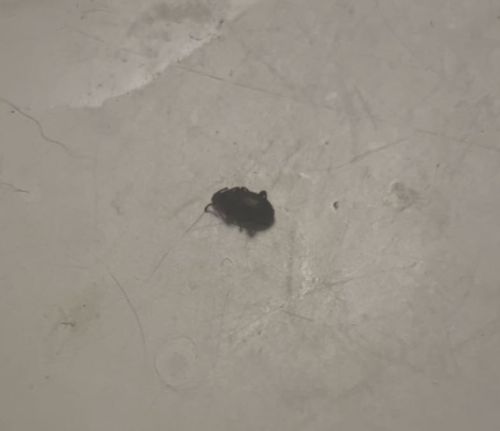Cockroach
Scientific Name: Various species, e.g., Blatta orientalis (Oriental cockroach), Periplaneta americana (American cockroach), Blattella germanica (German cockroach)
Order & Family: Order: Blattodea, Family: Blattidae (or various other families within Blattodea)
Size: (Depending on species) 0.5 to 2.0 inches (1.25 cm to 5 cm) in length, though some tropical species can be larger.

Natural Habitat
Cockroaches thrive in warm, humid, and dark environments. They are commonly found indoors in kitchens, bathrooms, basements, and any areas with access to food, water, and shelter. Outdoors, they can be found in leaf litter, under rocks, in sewers, and other damp places. They are highly adaptable and can be found in a wide range of human environments.
Diet & Feeding
Cockroaches are omnivorous scavengers. They will eat almost any organic matter, including food scraps, decaying matter, starches, sweets, grease, paper, fabric, and even other insects. They are particularly drawn to food left out and crumbs.
Behavior Patterns
Cockroaches are primarily nocturnal and gregarious insects, often found in groups. They are known for their rapid running speed and ability to squeeze into small cracks and crevices. They are also adept at hiding in dark, humid places during the day. Reproduction is relatively fast, with females producing egg cases (oothecae) multiple times throughout their lifespan. Nymphs (immature cockroaches) shed their exoskeleton multiple times before reaching adulthood.
Risks & Benefits
Potential Risks: Cockroaches are considered pests because they can contaminate food and surfaces with bacteria (e.g., Salmonella, E. coli), allergens, and other pathogens, potentially causing food poisoning, asthma, and allergic reactions. They can also spread diseases. Their presence can indicate unsanitary conditions. Potential Benefits: In natural ecosystems, some species of cockroaches play a role as decomposers, breaking down organic matter. However, the species commonly found in homes offer very little, if any, benefit to humans.
Identified on: 8/29/2025